The world of insects is full of surprises, with many species possessing abilities that seem almost supernatural. From defying gravity and walking on water to producing light and jamming sonar signals, these small creatures demonstrate some of nature’s most incredible adaptations. In this article, we’ll explore these mysterious insects that possess abilities far beyond what you’d expect, showcasing their unique survival strategies and fascinating traits.
Praying Mantis

The Praying Mantis (Mantodea) is a master predator with abilities that seem almost supernatural. This insect can rotate its head nearly 180 degrees, a trait unmatched by most other insects. This agility allows it to monitor its surroundings and spot prey from multiple angles without moving its body. Their highly specialized forelegs, often referred to as “raptorial legs,” strike at lightning speed to catch prey like flies, bees, and even small birds. Its forelegs are equipped with sharp spines, ensuring a firm grip on their target. Additionally, it is known for its impeccable camouflage, blending seamlessly into foliage. Females are also infamous for their post-mating behavior, often consuming the male, which is thought to provide nutrients for egg production. Beyond their remarkable hunting skills, mantises exhibit a form of “ambush predation,” lying still for long periods before swiftly attacking prey. Their hunting efficiency is further enhanced by their excellent binocular vision, which allows them to judge distances accurately.
Dung Beetle

The Dung Beetle (Scarabaeinae) boasts strength far beyond its size, capable of pulling over 1,000 times its own body weight. This impressive power is vital for rolling dung balls, which serve as both food and breeding chambers. What’s even more astonishing is its ability to navigate using the Milky Way as a guide, a trait unique to this species. They play a critical role in ecosystems by recycling nutrients as they bury dung into the soil, aiding in aeration and fertilization. The males often engage in fierce combat over dung piles, using their horn-like structures to fend off rivals. Despite their strength, they are also swift and resourceful, managing to roll dung balls across uneven terrain with remarkable ease. Their vision, while not as sharp as humans, is finely attuned to polarized light, allowing them to travel in straight lines even in complete darkness.
Glasswing Butterfly
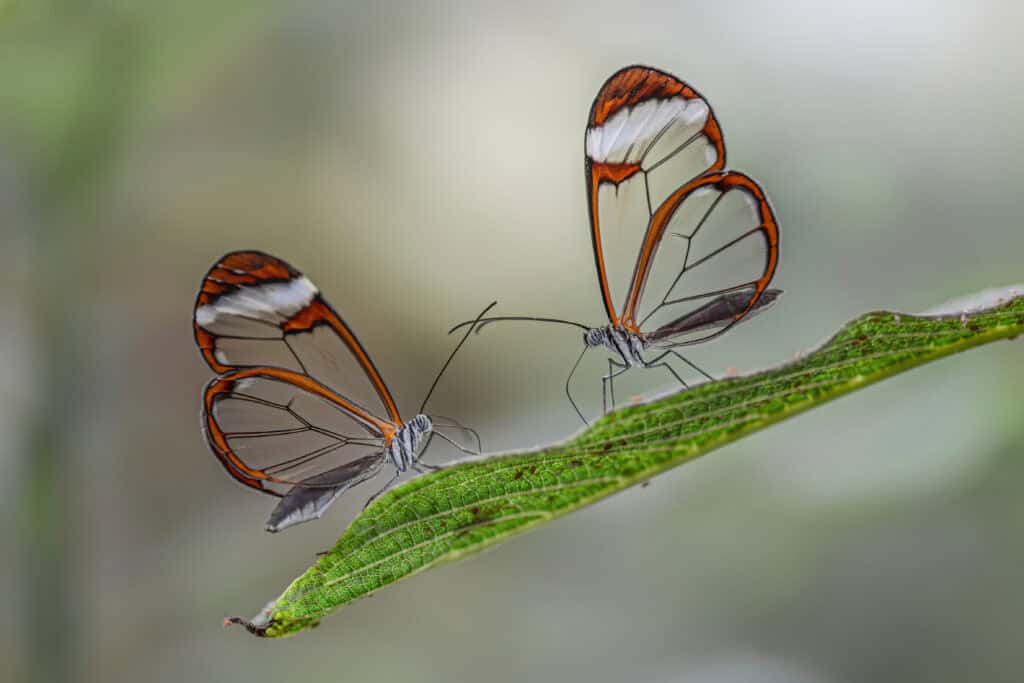
The Glasswing Butterfly (Greta oto) appears almost magical with its transparent wings that make it nearly invisible to predators. These wings are composed of tiny scales that refract light in such a way that they seem to disappear, offering incredible camouflage in their native tropical habitats. Despite their delicate appearance, they are robust fliers, capable of migrating across long distances. Their diet consists of toxic plants, which they absorb into their bodies, making them unpalatable to predators. The transparency of their wings, coupled with their toxic nature, provides them with dual protection in the wild. They are commonly found in Central and South America, often in humid rainforests where they blend effortlessly into their surroundings. Their ability to evade predators and adapt to different environments makes them a unique survivalist in the insect world. In addition to their visual evasion tactics, their lightweight bodies allow them to remain agile and elusive in flight.
Velvet Ant
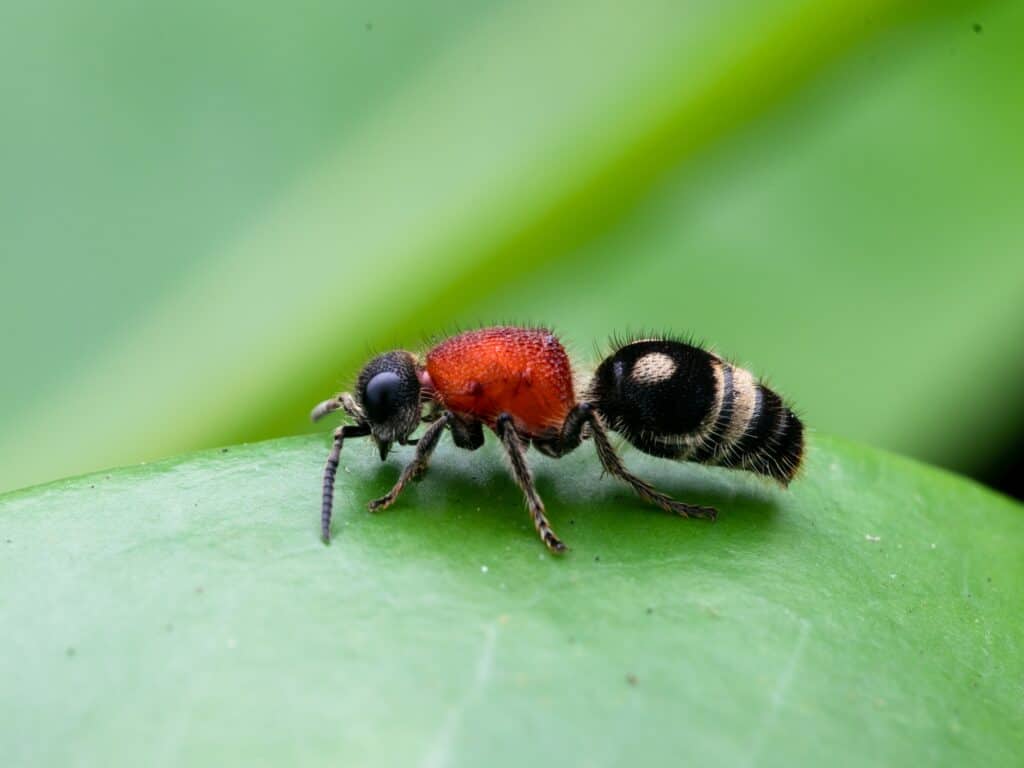
The Velvet Ant (Mutillidae) is not an ant at all but a wasp known for its vibrant colors and notoriously painful sting. This insect’s sting is so potent that it earned the nickname “cow killer,” and it’s considered one of the most painful stings in the insect world. Despite their small size, they are incredibly resilient, equipped with a thick exoskeleton that protects them from predators. They also produce a high-pitched squeak when threatened, serving as an additional warning. They are solitary and often found roaming the ground in search of food or mates. Their vivid red and orange coloration acts as a visual deterrent to potential predators, signaling their toxic sting. Interestingly, female velvet ants are wingless, giving them an appearance similar to that of large ants, while males have wings but are less frequently encountered.
Bombardier Beetle
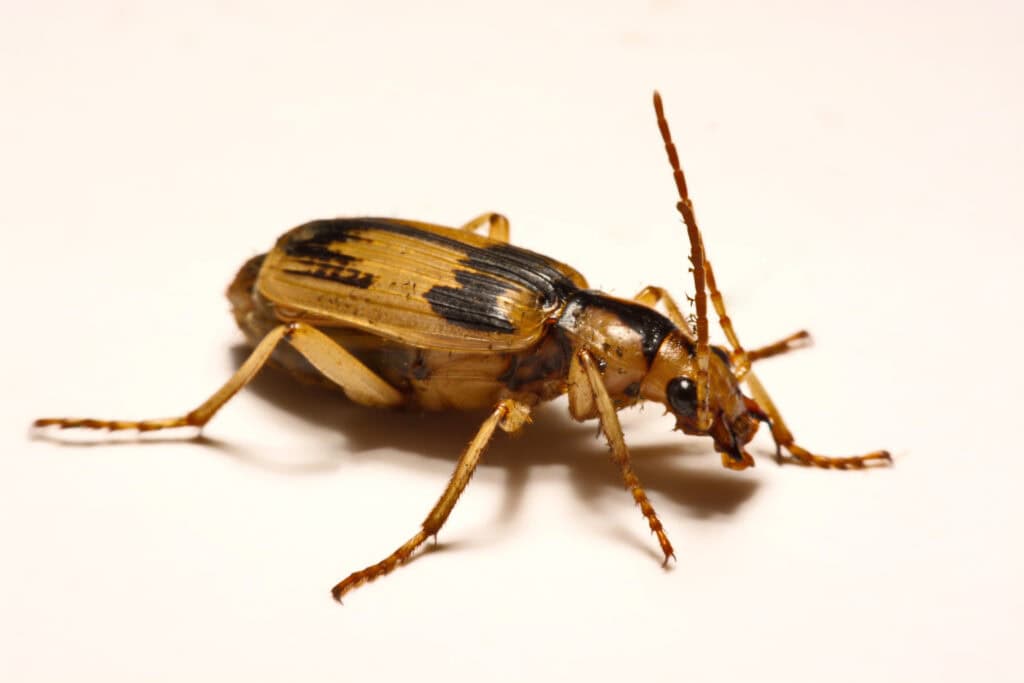
The Bombardier Beetle (Brachinus) is famous for its explosive chemical defense mechanism, which it uses to ward off predators. When threatened, this beetle mixes chemicals stored in its abdomen to produce a boiling hot, noxious spray that it ejects with pinpoint accuracy. The spray reaches temperatures of nearly 100°C (212°F) and creates a popping sound as it is released, which further disorients predators. They can fire this chemical blast multiple times in succession, giving them ample opportunity to escape. This defense is not only highly effective but also incredibly unique in the animal kingdom. The chemical reaction takes place in a specialized chamber within its body, where enzymes trigger the explosive reaction. Found primarily in temperate regions, these beetles are most commonly seen scurrying on the forest floor or in grasslands.
Flea
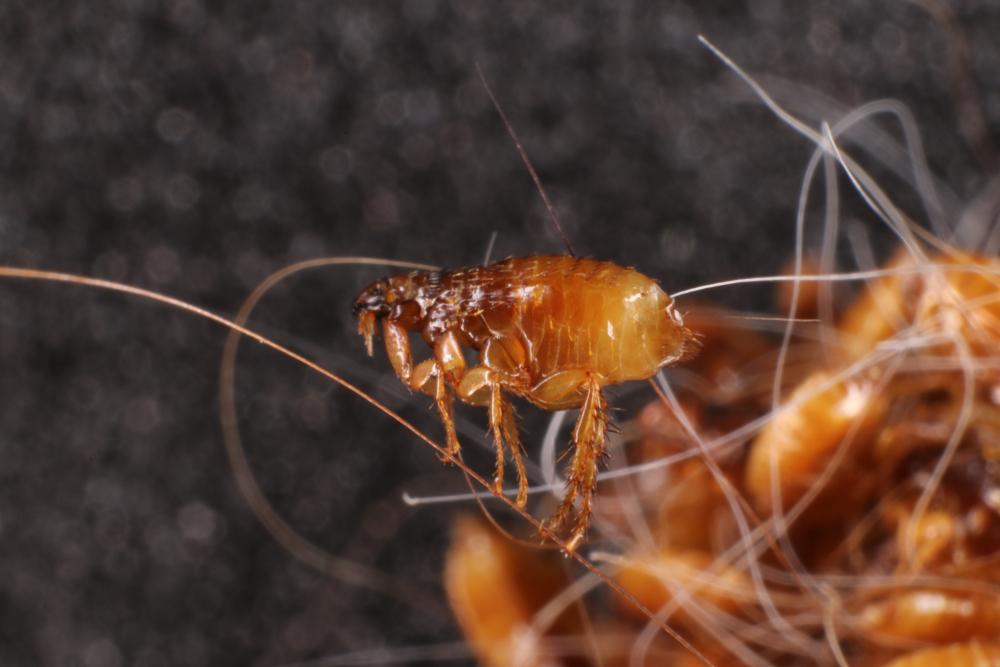
The Flea (Siphonaptera) possesses an astonishing ability to jump over 100 times its own body length, making it one of the best jumpers in the animal kingdom. This is the equivalent of a human leaping across multiple football fields in a single bound. They achieve this feat using a protein called resilin, which stores and releases energy like a spring, propelling them into the air. This jumping prowess allows them to move quickly between hosts, which is essential for their parasitic lifestyle. They are blood-feeding insects, commonly known for infesting mammals like cats and dogs. Their ability to jump not only helps them evade predators but also ensures that they can quickly latch onto new hosts. In addition to their impressive jumping abilities, they can survive for long periods without feeding, making them highly resilient parasites. They also possess strong claws, allowing them to cling to their hosts’ fur even during vigorous scratching or movement.
Firefly
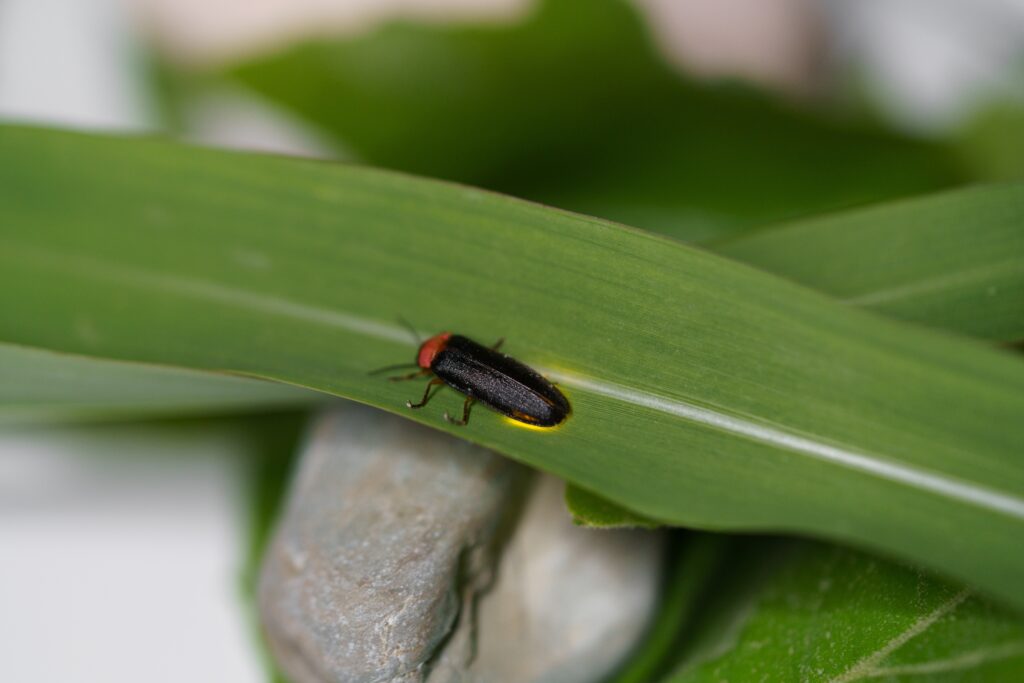
The Firefly (Lampyridae) lights up the night with its bioluminescent glow, a trait that seems almost magical. This glow is produced by a chemical reaction involving luciferin, an enzyme called luciferase, oxygen, and ATP, which results in light with no heat. They use this light primarily for communication, especially during mating season, with males signaling to females through specific flashing patterns. Each species of firefly has its own distinct light pattern, making it easier for them to find suitable mates. This form of communication is not only effective but also incredibly sophisticated, given the tiny size of their brains. They are most commonly found in warm, humid environments, and their light shows are a common sight in summer. Interestingly, they can also use their light to deter predators, as many species emit chemicals that make them taste unpleasant.
Dragonfly
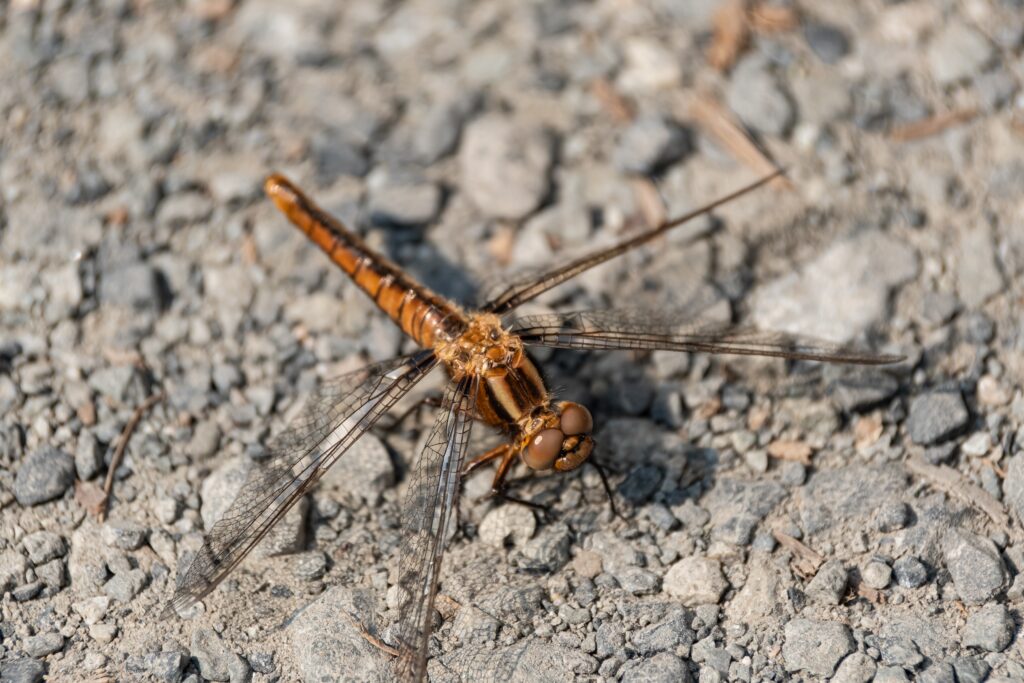
The Dragonfly (Anisoptera) is known for its incredible hunting abilities, boasting a 95% success rate when catching prey. Despite having a small brain, dragonflies exhibit selective attention, focusing on a single target within a swarm of potential prey. Once locked on, they use their rapid flight and agile wings to capture their meal with pinpoint accuracy. They can fly in all directions, including backward, and hover in place, making them one of the most versatile fliers in the insect world. Their compound eyes give them nearly 360-degree vision, allowing them to spot prey from almost every angle. Found near water bodies like ponds and lakes, they are essential in controlling mosquito populations, as they primarily feed on these pests. Their wings, made of a delicate yet sturdy structure, allow them to remain airborne for long periods without tiring.
Ironclad Beetle
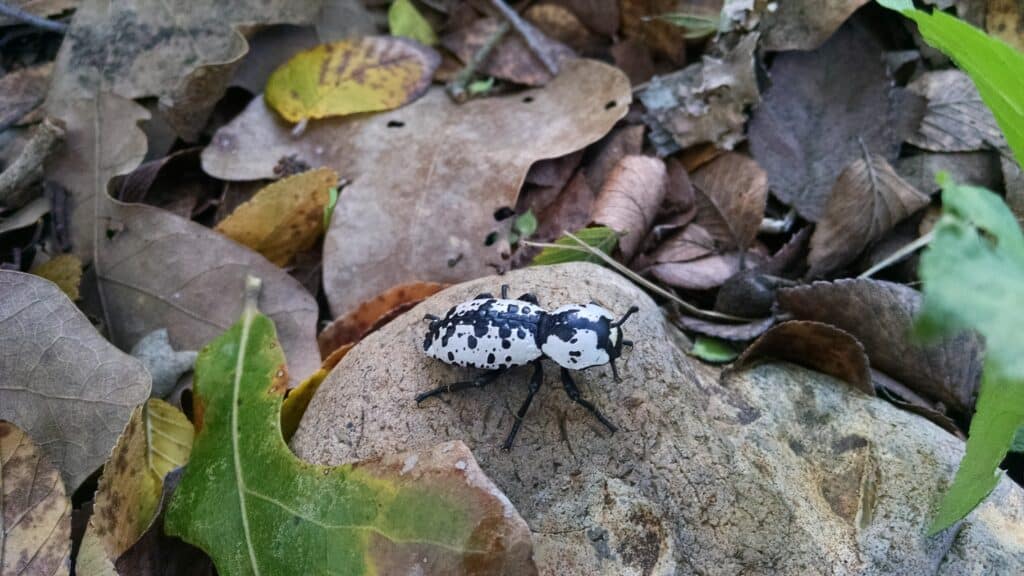
The Ironclad Beetle (Zopheridae) lives up to its name with an almost indestructible exoskeleton, so tough that it can withstand being stomped on without injury. This incredibly hard outer shell protects the beetle from predators and environmental dangers, allowing it to survive in harsh conditions. Jewelers have even had to use drills to puncture its shell for display purposes, as traditional pins simply won’t penetrate. Its tough exterior is due to its interlocking wing covers, which form a kind of natural armor. Found primarily in North America, these beetles are slow-moving but highly durable, often found feeding on dead wood or plant material. Their ability to play dead, or “thanatosis,” adds another layer of defense, tricking predators into thinking they are no longer a threat.
Orchid Mantis
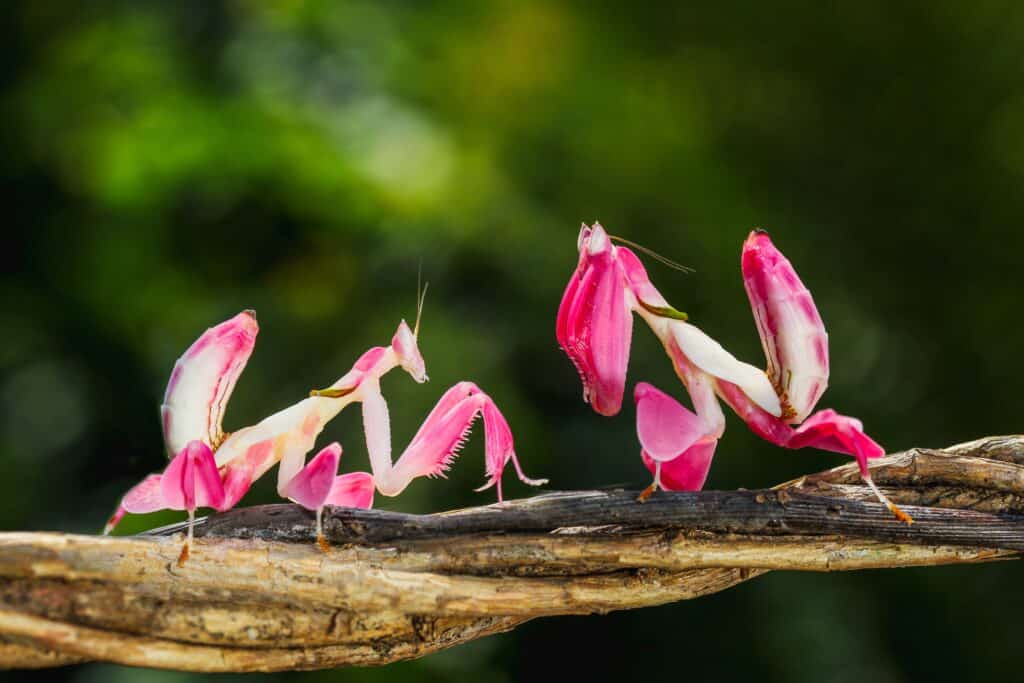
The Orchid Mantis (Hymenopus coronatus) is a master of disguise, mimicking the appearance of a delicate flower to lure in prey. Native to Southeast Asia, it uses its camouflage to attract pollinators like bees and butterflies, which it catches with its powerful forelegs. Its bright pink and white coloration blends seamlessly with the surrounding flora, making it nearly invisible to both predators and prey. What sets them apart from other camouflaged insects is their ability to sway gently like a flower in the wind, enhancing their mimicry. Its disguise is so convincing that even experienced predators are often fooled by its appearance. In addition to its remarkable camouflage, it is a highly skilled hunter, striking with speed and precision when an unsuspecting insect comes close.
Pea Aphid
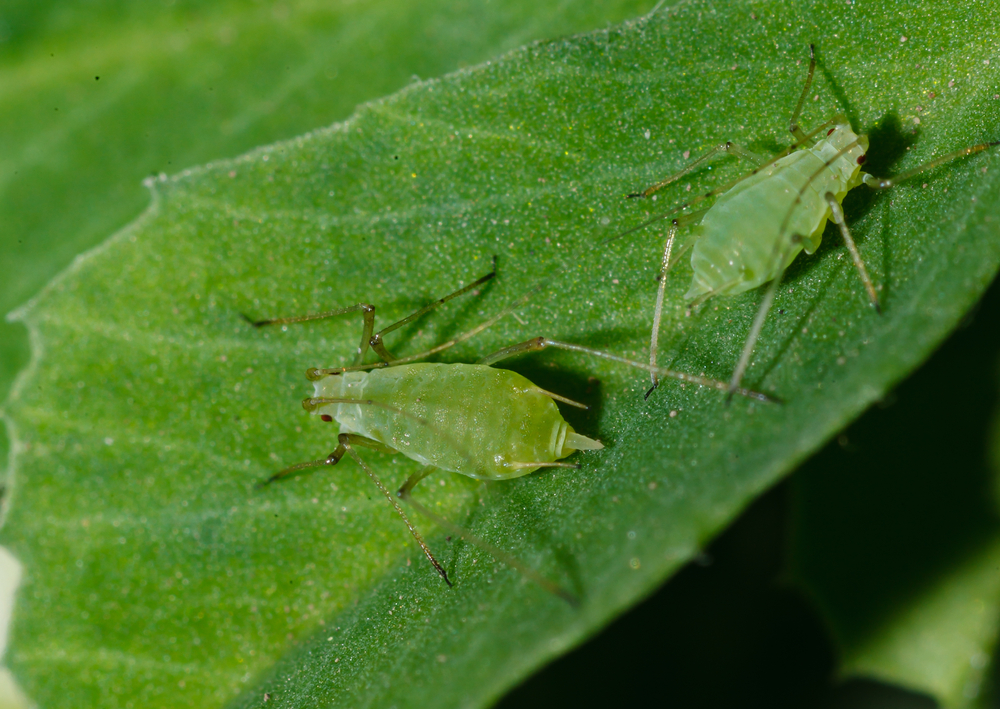
The Pea Aphid (Acyrthosiphon pisum) possesses a remarkable ability that seems almost otherworldly—it can harness sunlight to produce energy through photosynthesis. Unlike most animals, which rely on food for energy, it can generate ATP, the molecule responsible for energy transfer within cells, by absorbing light. This is made possible by carotenoids, which are pigments aphids acquire from their diet of plant sap. These pigments allow the insect to convert sunlight into chemical energy, functioning like a solar panel. This unique ability helps the pea aphid survive in nutrient-poor environments. Although often considered a pest for damaging crops, this extraordinary adaptation allows the aphid to thrive in conditions where other insects would struggle. Scientists are still studying the full extent of this photosynthetic ability, as it represents one of the few examples of such a trait in the animal kingdom.
Ant
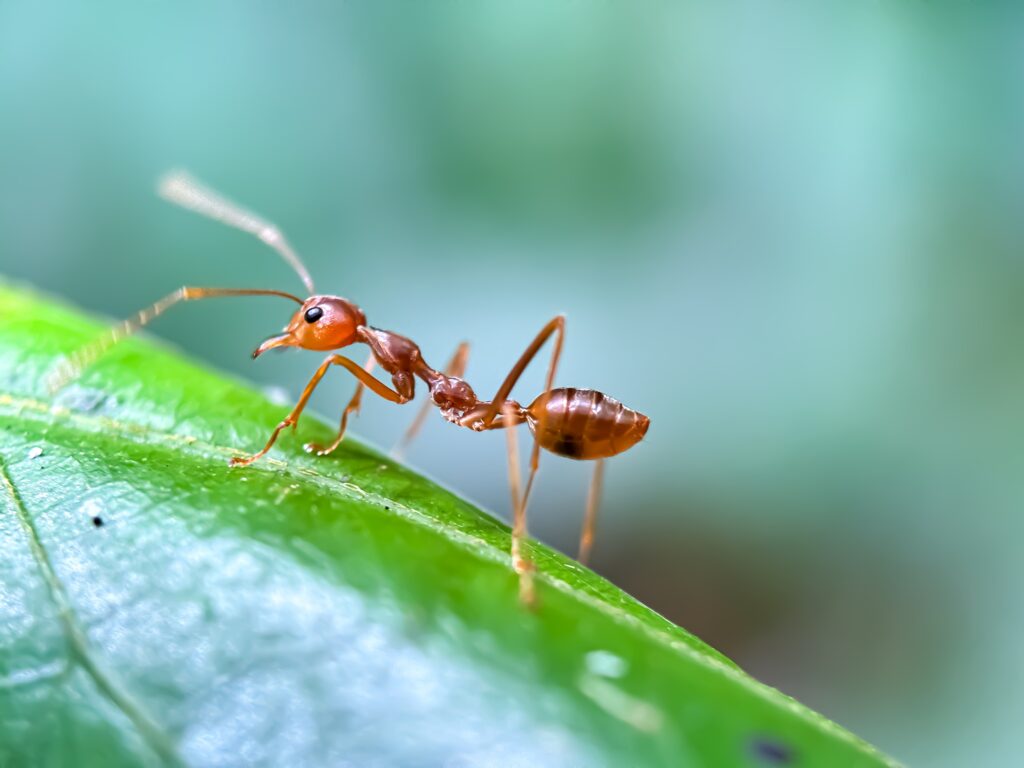
Ants, specifically the Tunisian Desert Ant (Cataglyphis), exhibit an extraordinary ability to navigate using an internal “odometer.” They live in barren, featureless environments like deserts, where visual cues are scarce, making it difficult to find their way back to their nests after foraging. Scientists have discovered that ants measure the distance they’ve traveled by counting their steps and using the sun’s position to maintain direction. This combination of internal counting and celestial navigation allows them to return home with incredible accuracy. Additionally, they can detect polarized light, which helps them orient themselves in environments with little to no landmarks. Even more fascinating, these ants can detect odors in stereo, meaning they can smell two different scents simultaneously and determine their location based on the intensity of each scent. This makes them some of the most sophisticated navigators in the insect world, relying on a combination of natural GPS and advanced sensory systems to survive in harsh landscapes.
Bark Spider
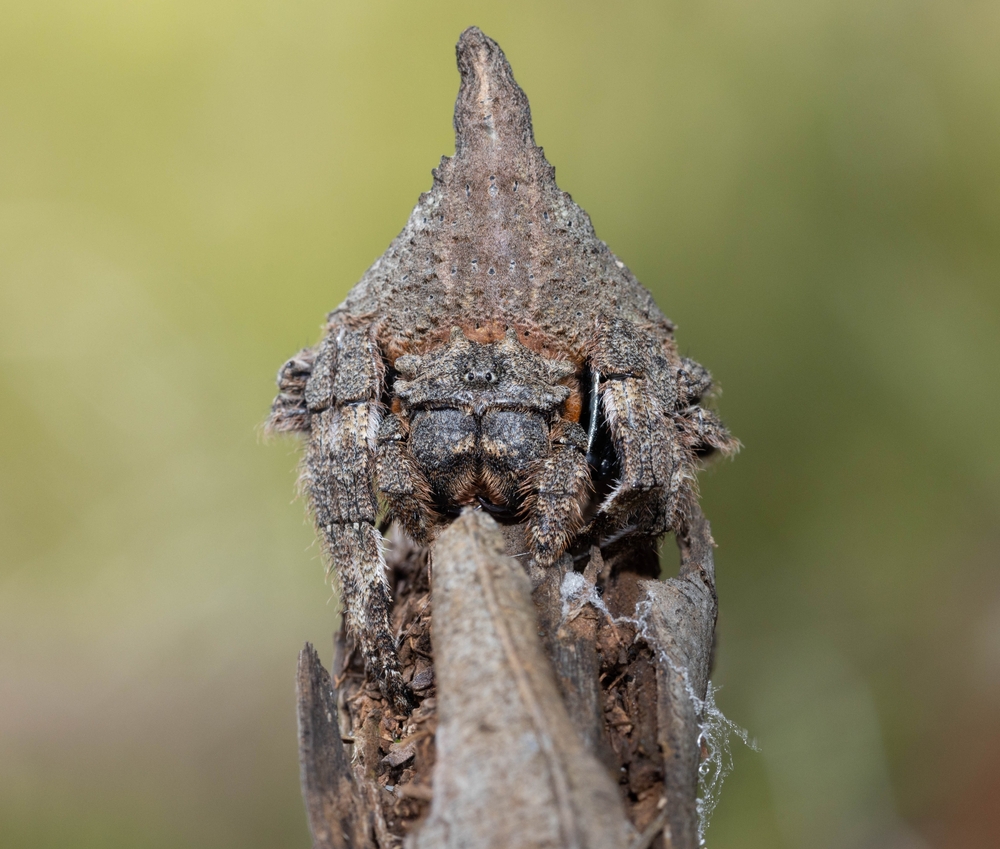
The Darwin’s Bark Spider (Caerostris darwini) creates webs that are not only enormous but also the strongest natural fibers known to science, more than 10 times stronger than Kevlar. These insects, native to Madagascar, can spin webs that span up to 82 feet across rivers, catching insects flying above the water. Their silk’s tensile strength is unmatched, making it ideal for building large, durable webs that can trap a variety of prey. The silk is so strong that it can withstand heavy impacts, such as from large insects or even small birds, without breaking. This strength is due to the molecular structure of the silk, which scientists are studying for potential applications in materials science and engineering. Beyond their silk’s remarkable properties, these spiders are also known for their nocturnal habits, spinning their intricate webs in the dead of night. Their combination of massive webs and ultra-strong silk makes them one of the most fascinating arachnids.
Tiger Moth

The Tiger Moth (Arctiinae) has an incredible defense mechanism that allows it to thwart predators, particularly bats, by interfering with their echolocation. When a bat approaches using its sonar to detect prey, it emits a series of clicks from specialized organs, effectively jamming the bat’s radar. This disrupts the bat’s ability to accurately locate the moth, allowing it to evade capture. Scientists have observed this phenomenon in laboratory settings, confirming that the moth’s sound production can confuse even the most skilled bat predators. In addition to their sonar-jamming abilities, they are also brightly colored, a form of aposematism that warns potential predators of their toxicity. Their bright patterns serve as a visual deterrent, signaling that they are not a desirable meal.
Fishing Spider
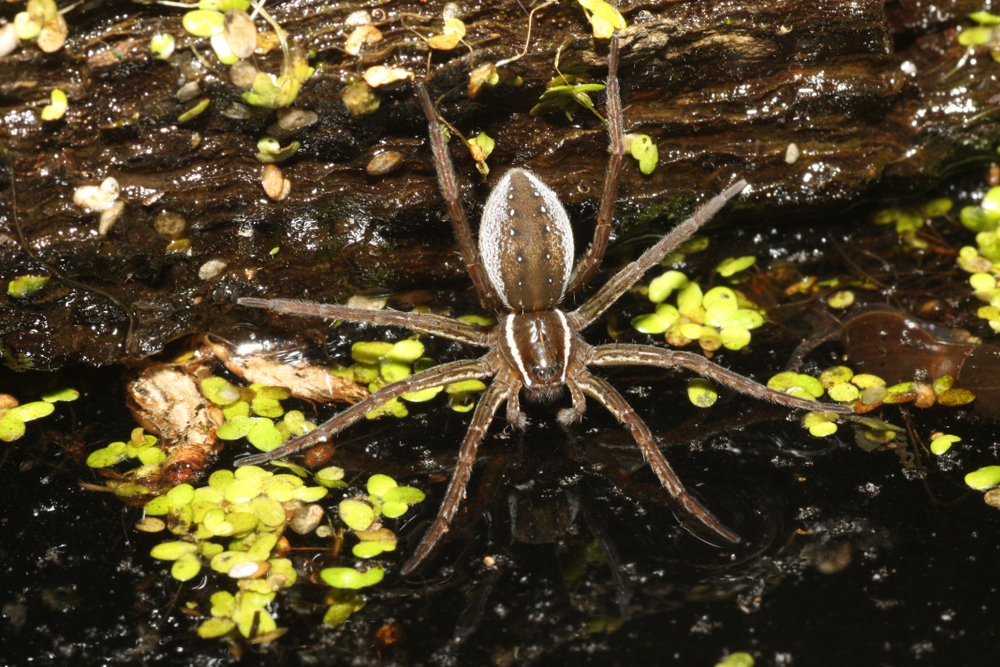
The Fishing Spider (Dolomedes) possesses a unique and seemingly supernatural ability: it can walk on water. These large insects, found near ponds and streams, use the surface tension of water to move across it without sinking, a phenomenon known as the “water-walking” ability. In addition to walking on water, they can also dive beneath the surface to catch prey, such as small fish or aquatic insects, holding their breath for extended periods. Their legs are covered in hydrophobic hairs that repel water, allowing them to skate across ponds effortlessly. When hunting, they can sense vibrations on the water’s surface, helping them detect the movements of nearby prey. Once they spot their target, they strike quickly, using their strong legs to trap their prey before dragging it back to dry land. Their remarkable adaptations for both water and land make fishing spiders some of the most versatile predators in the arachnid world. They can also submerge themselves to avoid predators, making them incredibly difficult to catch.
This article originally appeared on Rarest.org.
More from Rarest.org
13 Peculiar Stone Circles and Monoliths from Ancient Cultures

Throughout history, ancient cultures around the world have left behind fascinating remnants of their past in the form of stone circles and monoliths. These massive, carefully arranged stones served as more than mere markers in the landscape—they were tied to complex rituals, astronomical observations, and sometimes burials. Read More.
12 Iconic Guitars Owned by Legendary Musicians That Command High Prices

Iconic guitars have played a major role in shaping music history, often becoming as legendary as the musicians who wielded them. From blues to rock, these instruments were key to the creation of timeless songs and unforgettable performances. Read More.
16 Rare Craters on Earth That Look Like They`re From Another Planet

Earth is home to craters that seem otherworldly in their beauty and scale. These natural formations, caused by meteoric impacts, offer stunning landscapes that feel like they belong on another planet. Read More.
